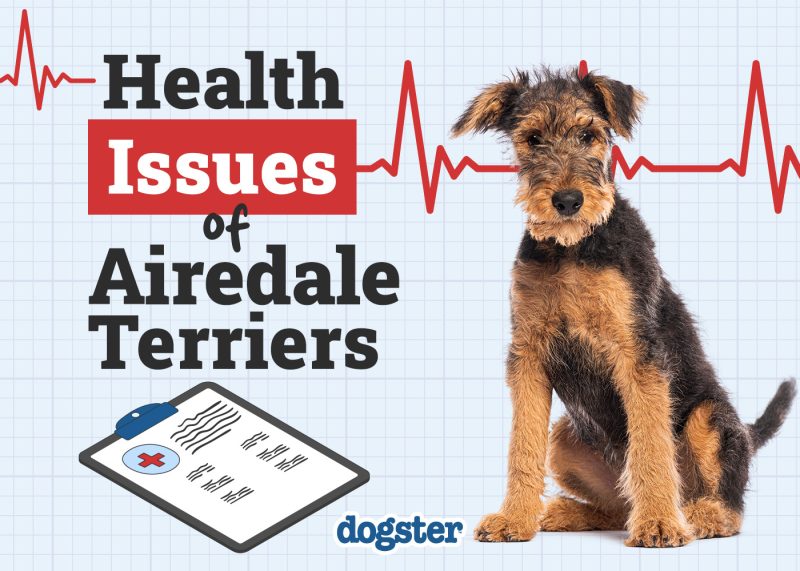In this article
View 2 More +If your dog is diagnosed with epilepsy, a neurological condition with abnormal electrical activity in the brain that results in recurring seizures, you may wonder what the treatment options are for your pup. While at this time, there is no cure, there are anticonvulsants, which are medications to help prevent or reduce the severity of seizure activity.
In this article, we’ll discuss treatment for epilepsy and more detail about some common anticonvulsants for your canine companion.

Before Starting Anticonvulsant Treatment
The decision of whether to start treatment for a dog with epilepsy will depend on a variety of factors, including the frequency and characteristics of seizures. A consensus statement from The American College of Veterinary Internal Medicine developed epileptic seizure treatment guidelines and recommendations for veterinarians.1
Within it, they discussed some criteria on when to start epileptic treatment, such as with two or more seizures in a 6-month window, if there is a long or abnormal postictal period (time right after the seizure), etc. In addition, they also recommend medications, how to monitor, the risks that may be associated with treatment, and so on.
It’s important to know that your veterinarian will consider many factors when selecting an anticonvulsant drug. Some things they may consider include drug safety, side effects, other underlying diseases or medication interactions, and how easily an owner can give the medication (how many times per day must it be given, how is it administered, and so on).
The selected drug dosing will include veterinary discretion within accepted or published ranges based on weight as well as interaction with other drugs, etc. Keep in mind that the starting dose may not be the long-term dose as tailoring the medication over time may be needed. In addition, a dog may need to have additional anticonvulsant drug(s) added to the first (then called polytherapy), or a dog may need to switch to a different medication altogether.


The 5 Epilepsy Medications for Dogs
Below is a list of common anticonvulsants in dogs with a little bit about each drug. Many of these drugs may have been antiepileptic drugs originally used in humans. Veterinarians can then legally use them off-label (medication used differently than it’s originally intended for purpose) for their patients.
1. Phenobarbital
This medication is often a first-line drug that works to reduce nerve firing. It may take a few weeks to reach steady state levels (the time when the drug concentration is consistent in the body). Some short-term side effects that are commonly seen include sedation or ataxia (discoordinated walking), while longer-term may include an increase in drinking, eating, and urinating.
More rare side effects include hepatotoxicity (liver damage due to the exposed substance) or bone marrow suppression. It is given twice a day and blood levels need to be routinely monitored to ensure the drug is within therapeutic levels as well as not reaching too high of levels within the bloodstream.

2. Potassium Bromide (KBr)
This is a halide salt that can be used as an anticonvulsant by itself (monotherapy) or as an add-on polytherapy drug, often with Phenobarbital. It works to increase the seizure threshold which results in a decrease of seizure discharges. While it takes around four months to reach steady state levels, its concentrations also need to be monitored to adjust dosing.
It is given by mouth with food either once or twice a day. Side effects may include sedation or increased drinking, eating, and urinating and rarely, potential behavioral changes. One advantage is that it does not have an effect on the liver.
3. Levetiracetam
This is a newer anticonvulsant that reaches steady-state levels after a week. It can be given by mouth or rectally and is generally well tolerated. There are often no or very minimal side effects except for mild transient sedation. Very little of the drug is metabolized by the liver and it can be used as monotherapy or in polytherapy.
There are two forms, an immediate release version (given three times a day) or an extended release (given twice a day).

4. Zonisamide
This medication may be used as a second-line drug when other drugs haven’t worked to help treat epileptic seizures. It is given twice a day and reaches a steady state at the 1-week mark. There are minimal or mild side effects like transient sedation, and it is considered a relatively safe drug.
Despite being metabolized by the liver, it does not readily show a cause of liver elevations or damage.
5. Topiramate
This is one of the newer anticonvulsants to be used in veterinary medicine. While generally well tolerated by people, the information available for dogs is good. Some side effects may include sedation and ataxia that in more moderately affected cases may decrease in severity after a few weeks to months. In addition, weight loss may be an observed side effect.
This medication can be used as a second add-on drug, is metabolized by the kidney, and is given twice a day.


After Starting Anticonvulsant Treatment
Monitoring, both at home with the seizures, as well as with consistent lab work, is of the utmost importance. For at-home monitoring, keeping a log or calendar with the date, length of seizure, what happened before, during, and after as well as other details is helpful in determining if the selected treatment is working or not.
Routine lab work testing also helps a veterinarian determine internally if the values are at safe levels or if there are changes to the body, such as increasing liver values, that should be addressed.
It is important to note that the goal of anticonvulsants is to decrease the amount and severity of the seizures while keeping side effects within an acceptable range. Unfortunately, even with medication, complete resolution of seizures in many cases is not expected. Furthermore, seizure medication should not be stopped suddenly; medication should typically be tapered off slowly, often over several weeks to months, under the direction of a veterinarian.

Conclusion
If your dog has been diagnosed with epilepsy, it may be comforting to know that there are several medications that can be used to help manage their seizures. Because knowledge is powerful, by learning a little about each medication, you can be well-versed for your dog as you and their veterinarian discuss the selection of their seizure treatment.
Featured Image Credit: Creative Cat Studio, Shutterstock


















